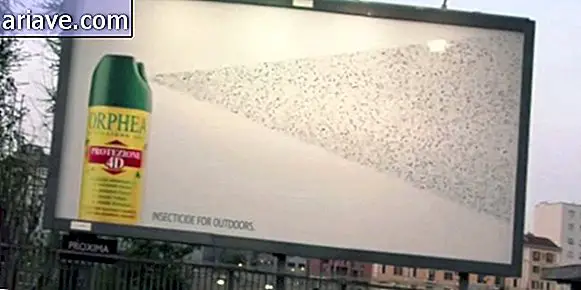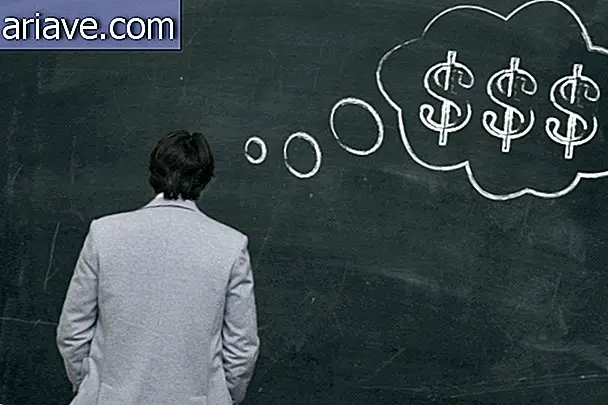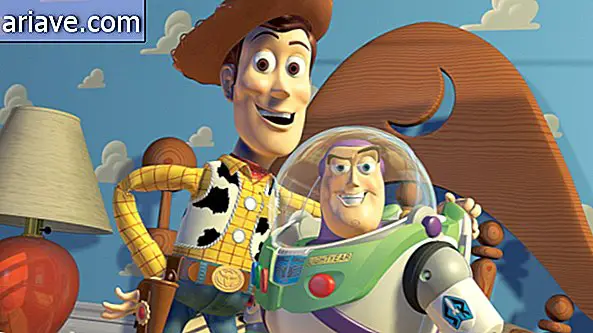Why do some people see drawings in clouds and not others?
Isn't it amazing when we recognize bizarre faces or shapes in clouds, food, tile patterns and the like? The name of this is pareidolia, and we already talked about some things that have faces, we made a special post just with nice food and of course we didn't even leave the plants out of this one at Mega Curioso.
Now if you are a person who does not see these similarities and you feel a complete stranger when some people talk about the face of Jesus, for example, which is one of the most viewed images on random objects, rest assured: Science explains. Or at least try.
An emotional and personality issue

Apparently, recognizing silhouettes, faces, and shapes on random surfaces is not just about the way our brains work, it tries to identify human patterns in everything. In fact, according to this Brain Decoder publication, factors such as personality, gender, and emotional state can affect the way we recognize these forms.
This statement is the conclusion of recent research presented at a congress on consciousness studies in Paris. Pareidolia is caused in a specific brain region called the right fusiform facial area, which is activated when a person identifies faces, even on random objects. This phenomenon is also the basis of a psychological test developed by Hermann Rorschach and still used today.

According to the new study, conducted by Tokyo scientist Norimichi Kitagawa, the idea was to assess personality traits and recognize how levels of emotional state affect experiences with the phenomenon. Thus, the idea was to show that the characteristics of pareidolia present in a person can reveal their emotional and personality traits.
To conduct the study, 166 healthy college students answered a questionnaire with personal questions and another with questions of negative and positive scales. In this way, it would be possible to fit each person within five personality patterns and, furthermore, measure issues related to the participants' emotional mood.

Next, volunteers should recognize patterns and shapes in mosaics made by randomly placed dots. Once they identified some form, they should follow the dotted with a pen.
Analysis of the questionnaires and drawings showed researchers that some participants are more likely than others to recognize meaningful shapes (faces, animals, and plants) across multiple points. These people are part of the same set of personality and mood characteristics.

Individuals with more negative emotional tendencies tend to have more pareidolia experiences, as those who reported being in a less negative emotional mood - in that sense, the types of images have changed. In addition, women tend to see more pareidolia phenomena than men.
Scientists have yet to explain the exact relationship between personality traits and emotional humor with pareidolia. What has been observed, however, is that the perception of these “hidden patterns” occurs in specific groups of people with similar behavioral traits. For now, Kitagawa's team believes evolutionary issues may be related to the increased tendency for pareidolia to occur in women.

For the researchers, this gender difference has to do with a kind of compensation for women, who are physically weaker than men and therefore would have developed higher perception skills so that they would become more sensitive to some. stimuli and thus be able to detect predators more quickly, for example.
Suspicious people who are often called “neurotic” with less emotional stability are also among those who can see these hidden patterns more clearly. The opposite also seems to happen, after all scientists believe that a positive mood can still increase pareidolia, especially in creative people.
And can you see faces, animals and other shapes in random patterns? Comment on the Mega Curious Forum











